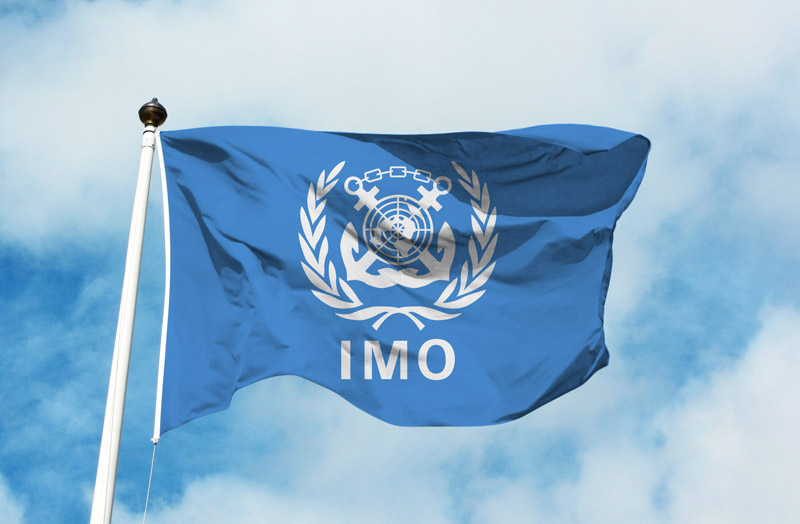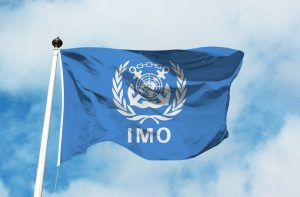Discover what the International Maritime Organization (IMO) is, what it stands for, its role in maritime safety and environmental protection, and why it’s essential for global shipping. Ideal for students, officers, and maritime professionals.
Who Governs the Rules of the Sea?
What do ships from Japan, Norway, and Nigeria all have in common? Whether navigating the Suez Canal or crossing the Atlantic, they follow a common set of maritime rules. These rules are not enforced by individual nations but by the International Maritime Organization (IMO)—a specialized United Nations agency dedicated to safe, secure, and sustainable shipping.
What Is the International Maritime Organization (IMO)?
Definition:
The International Maritime Organization (IMO) is a specialized agency of the United Nations, established in 1948 and headquartered in London, UK. It is responsible for developing and maintaining a comprehensive regulatory framework for international shipping, including safety, environmental performance, legal matters, and technical cooperation.
“Safe, secure, and efficient shipping on clean oceans.” — IMO Mission Statement
What Does IMO Stand For?
IMO stands for International Maritime Organization. It is sometimes confused with “IMO number” (a unique ship identifier), but they are separate concepts.
Is the IMO a UN Agency?
Yes. The IMO is officially recognized as a United Nations agency, focused exclusively on maritime affairs, unlike other global organizations that cover broader issues like aviation, trade, or climate.
What Is the Purpose of the IMO?
The core functions of IMO include:
-
Maritime Safety: Developing standards to reduce accidents, collisions, and ship-related hazards.
-
Marine Environmental Protection: Regulating pollution from ships (e.g., MARPOL).
-
Legal Framework: Creating and updating maritime conventions and codes.
-
Security: Addressing threats like piracy and cyberattacks (e.g., ISPS Code).
-
Technical Cooperation: Assisting developing countries in implementing IMO regulations.
Key Conventions and Codes Under IMO
| Convention/Code | Purpose |
|---|---|
| SOLAS (Safety of Life at Sea) | Prevents ship-related casualties |
| MARPOL | Reduces marine pollution from ships |
| STCW | Sets global training standards for seafarers |
| ISPS Code | Enhances maritime and port security |
| COLREGs | Establishes navigation rules to prevent collisions |
What Is the Role of IMO in Maritime Security?
The IMO plays a critical role in ensuring maritime security, especially post-9/11. Through the ISPS Code, IMO mandates that ships and port facilities adopt security measures to detect and deter threats, including:
- Terrorism
- Piracy
- Cybersecurity threats
- Unauthorized boarding
Who Are the Members of the IMO?
As of 2024:
- 175 Member States
- 3 Associate Members
- Includes flag states, coastal states, and port states
Each member participates in IMO’s decision-making through the Assembly, Council, and various committees (e.g., Maritime Safety Committee, Marine Environment Protection Committee).
How Does IMO Impact Maritime Careers?
Maritime students, cadets, and professionals must comply with IMO standards to work globally. Key IMO-related certifications include:
-
STCW Basic Safety Training
-
ISM Code Awareness
-
MARPOL and Environmental Compliance
-
Bridge Resource Management (BRM)
-
Ballast Water Management Training
FAQs: What People Also Ask About the IMO
Q1: What does the IMO do?
A1: The IMO creates and enforces international regulations to ensure shipping is safe, secure, and environmentally friendly.
Q2: Where is the IMO headquartered?
A2: London, United Kingdom.
Q3: Who funds the IMO?
A3: It is primarily funded by contributions from member states based on the size of their merchant fleets.
Q4: What is the IMO number?
A4: A unique identifier assigned to ships for tracking and regulatory purposes, different from the organization itself.
Q5: Is the IMO responsible for climate action in shipping?
A5: Yes. Through the IMO GHG Strategy, it aims to reduce greenhouse gas emissions from ships.
Latest Trends and Future Outlook
Decarbonization Initiatives: IMO’s strategy targets a net-zero GHG emission goal by 2050.
Digitalization and E-Navigation: Supporting safer navigation with electronic charting and ship data sharing.
Ballast Water Management: Controlling invasive species through mandatory treatment systems.
Cyber Risk Management: Enhancing digital security in smart ships.
Conclusion: Why the IMO Matters More Than Ever
In an era of growing trade, environmental challenges, and evolving maritime risks, the International Maritime Organization serves as the global guardian of the seas. Whether you’re studying for your STCW certification, managing a fleet, or simply curious about maritime governance, understanding IMO is essential.
Visit IMO.org to explore regulations, publications, and maritime careers.



Hi my friend! I wish to say that this post
is amazing, great written and come with approximately all vital infos.
I’d like to peer extra posts like this .
It’s going to be finish of mine day, except before end I am
reading this great article to improve my experience.